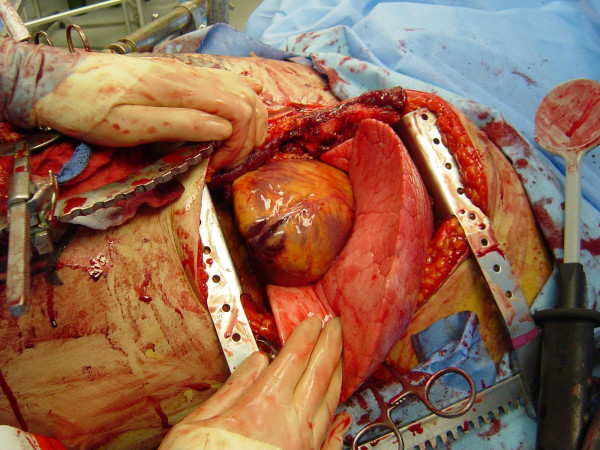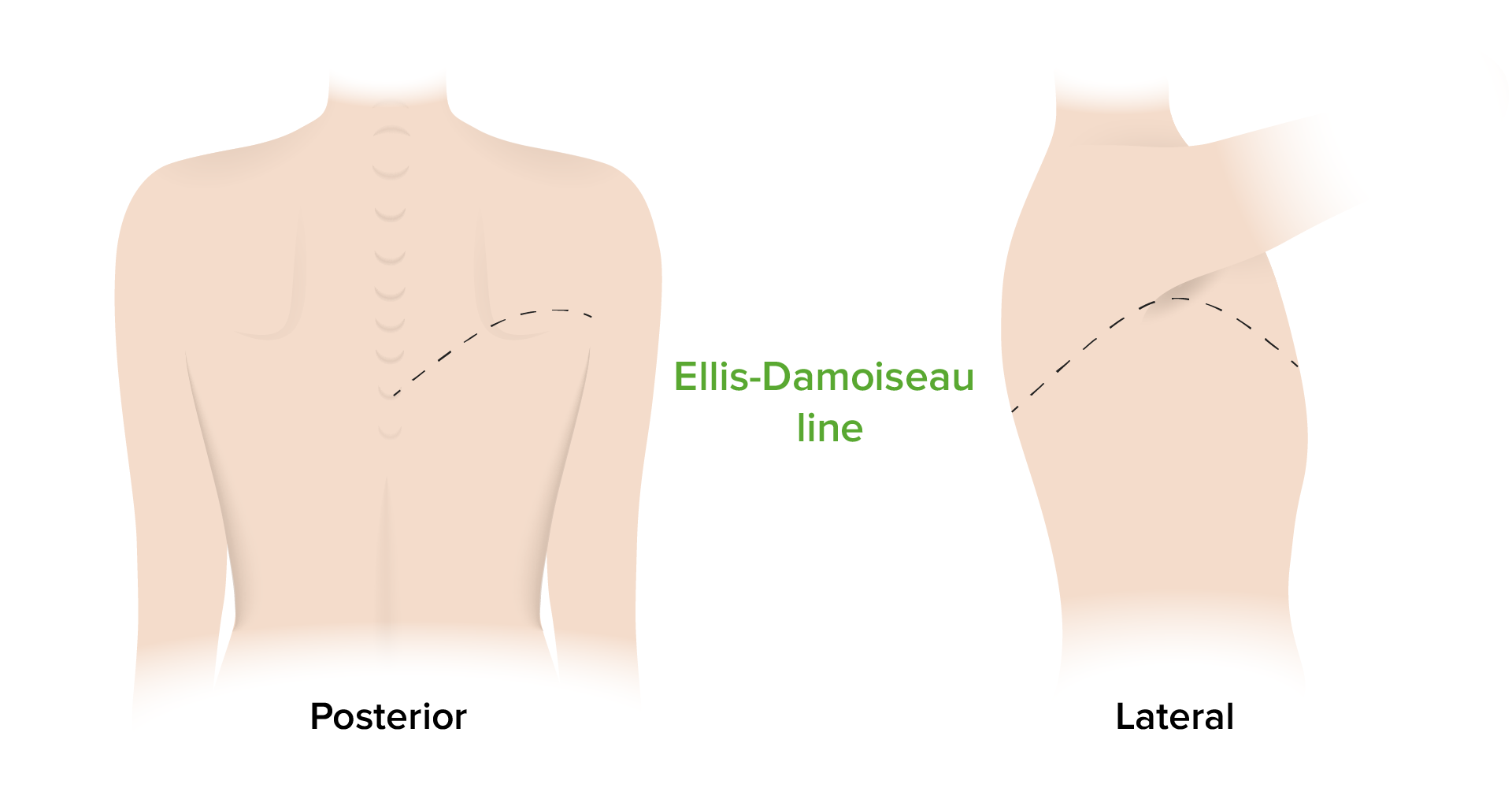Playlist
Show Playlist
Hide Playlist
Unilateral Pleural Effusions
-
Slides 09 PleuralDiseases RespiratoryAdvanced.pdf
-
Download Lecture Overview
00:02 If somebody has a single pleural effusion, then it needs to be tapped. Once it’s being tapped, then the inflammation from the pleural tap will divide it into either a transudate or an exudate. And if a pleural tap identifies that the single effusion is a transudate, then actually, no further investigations of that effusion is required, and instead, the investigations are directed towards the potential cause of a transudate. So from those circumstances, you need to look at the heart with an echocardiogram. You need to think about the albumin level by doing Us and Es and liver function tests. You may use the liver ultrasound if you really think there is a problem with the liver and urine protein content if there's low albumin content to identify somebody who may have a nephrotic syndrome, for example. 00:46 The problem comes with patients with the unilateral effusion which tap and turns out to be an exudate. Then you need to exclude tumour or exclude infection. So, the pleural tap itself may give you the answer because when you do the pleural tap, you send the fluid off for culture and for cytology. And the cytology may identify malignant cells and tell you that the patient has pleural tumour, and the microbiology may identify an infected organism that suggest they have an infected pleural effusion. 01:19 However, often that doesn’t happen. You don’t have a diagnosis after the first tap. 01:23 In those circumstances, probably, you can repeat the tap because then you actually get an increased yield from the pleural fluid if you do it twice. Failing that or if the CT scan or ultrasound shows that there are definite pleural abnormalities suggestive of tumour, then a pleural biopsy will be very useful, and that is done usually under CT or ultrasound guided control. If that fails to achieve an answer, then the next step would be a thoracoscopic surgical pleural biopsy, where the patient undergoes a small surgical procedure and the pleural space is opened and inspected using a thoracoscope. The biopsies are done with direct visual control in those circumstances. 02:07 Sometimes, if we really do think the patient may have a tumour, we might go directly to the surgery and do a thoracoscopic biopsy because we could combine that with a pleurodesis, and that is beneficial because that prevents the fluid from coming back. As well as thinking about the pleural fluid and investigating that, you do need to think about whether the patient has a tumour elsewhere. So you might do investigations to look for tumours elsewhere if you’re particularly suspicious that there might be a cancer of some description. Of course, infection will be associated with evidence of inflammation. So you do blood tests for C-reactive protein, a full blood count, ESR to see whether there is evidence of inflammation. 02:50 And if you suspect that this might be due to a PE then you need to do a CT pulmonary angiogram or you might need to test for rheumatoid arthritis if you think that’s possible as a cause for the pleural effusions, etc etc etc.
About the Lecture
The lecture Unilateral Pleural Effusions by Jeremy Brown, PhD, MRCP(UK), MBBS is from the course Pleural Disease.
Included Quiz Questions
Which of the following is most likely to cause an exudative pleural effusion?
- Rheumatoid arthritis
- Congestive cardiac failure
- Constrictive pericarditis
- Nephrotic syndrome
- Cirrhosis
Which of the following is the best next step in diagnosis when a patient is identified to have an acute non-loculated pleural effusion on X-ray?
- Pleural tap
- CT- or ultrasound-guided pleural biopsy
- Thoracoscopic pleural biopsy
- CT scan
- Open lung biopsy
Customer reviews
5,0 of 5 stars
| 5 Stars |
|
5 |
| 4 Stars |
|
0 |
| 3 Stars |
|
0 |
| 2 Stars |
|
0 |
| 1 Star |
|
0 |





